I believe Anna found me on Facebook...and I have never been so pleasantly surprised to be friended by a stranger. She isn't really a stranger...on quite a few levels, I am pretty sure she is just me, 7 years ago...seriously...so very many times, I have read one of her blog posts, on The Chronicles of Ellie Bellie Bear that makes me shake my head, and go..."Yep, Elise."
That said, when she asked if she could put in a post on Sensory Processing Disorder, I couldn't say "yes" fast enough...because it will make sense of a lot of things that Miss Elise does...and it saves me the trouble of reinventing the wheel! Because Anna says it beautifully!
On September 16, 2009, my husband and I received the surprise diagnosis that our newborn daughter, Ellie, most likely had Down syndrome. I had just turned 29 years-old, which was the same age as my grandmother when she gave birth my aunt Peggy. Aunt Peg also has trisomy 21. Like most parents, we went through the grieving process because we knew our Ellie would have to face so many challenges in her life. Because of Aunt Peggy and my experiences as a health care provider, I knew that my daughter would walk, talk, and be a contributing member to society, but that these milestones would come later and with the assistance of various therapies.
That said, when she asked if she could put in a post on Sensory Processing Disorder, I couldn't say "yes" fast enough...because it will make sense of a lot of things that Miss Elise does...and it saves me the trouble of reinventing the wheel! Because Anna says it beautifully!
On September 16, 2009, my husband and I received the surprise diagnosis that our newborn daughter, Ellie, most likely had Down syndrome. I had just turned 29 years-old, which was the same age as my grandmother when she gave birth my aunt Peggy. Aunt Peg also has trisomy 21. Like most parents, we went through the grieving process because we knew our Ellie would have to face so many challenges in her life. Because of Aunt Peggy and my experiences as a health care provider, I knew that my daughter would walk, talk, and be a contributing member to society, but that these milestones would come later and with the assistance of various therapies.
Fast forward to a few months ago. To the day that I got sucker punched in the gut . To the day when at a routine developmental pediatric appointment I heard the words “your daughter has Sensory Processing Disorder” [SPD]. The doctor continued to list a litany of therapies that my daughter would need. I just corralled my hyper/climbing/furniture-moving toddler, nodded, and took the paperwork with me. Once in the car, I sobbed and sobbed and sobbed. You see, unlike the Ds diagnosis, I knew absolutely NOTHING about SPD. Didn’t my little Bear have enough on her plate? Why must life become even more difficult for her? I took a deep breath and realized that Ellie is still the same Ellie. Nothing was different. A label was applied to her and that was it. A label. She is the same spirited girl.
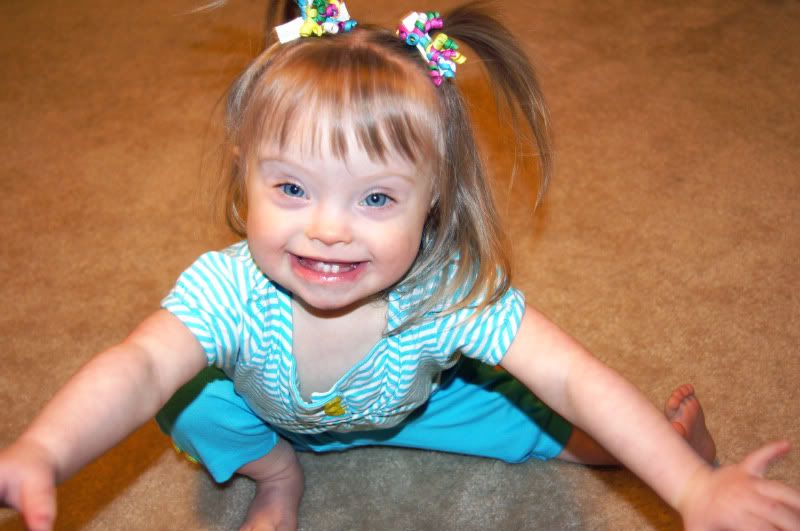 |
| A Sassy Pants Then. |
So what exactly is SPD? This is where I will sound a bit more clinical so bear with me as I attempt to throw in a bit of my dazzling wit.
I went home and did what any mother would, but shouldn't do. . . I Googled. I read checklist upon checklist and discovered that potentially every single human behavior can be found on this list. Great, so we all have SPD? I am sitting here jiggling my legs and chewing my nails (yes, a nasty habit). Ack! I must have SPD! Quick, let’s slap the label on! The truth is that these behaviors are very typical, but it becomes a disorder when is affects one’s ability to complete tasks, learn, play, and/or communicate. In other words, the sensory issues (cravings vs. avoidance) are so severe that they impact activities of daily living.
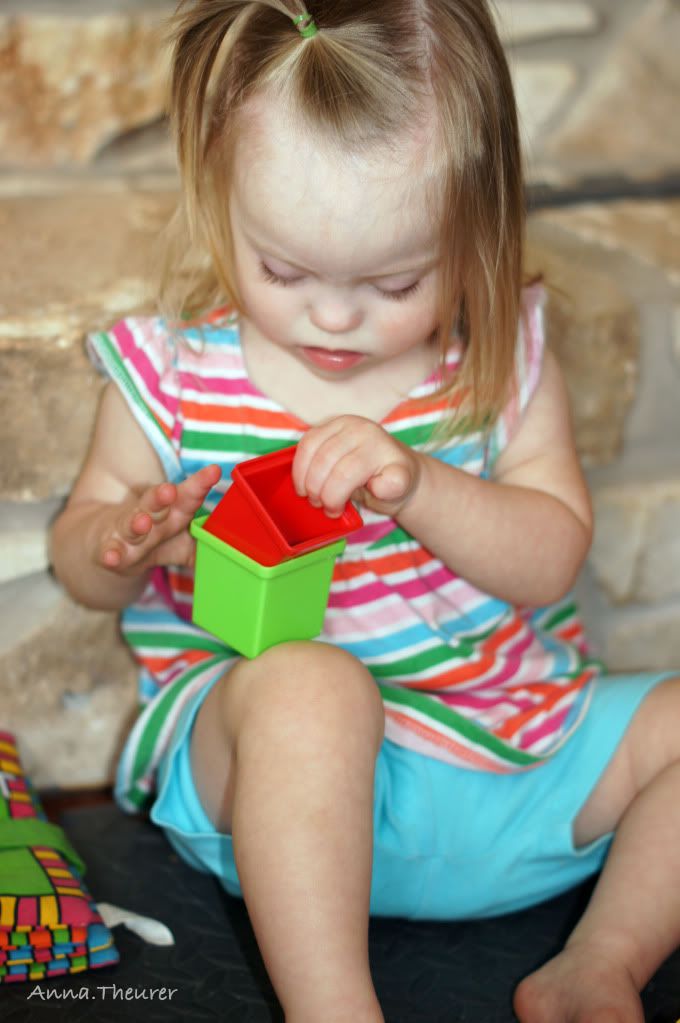 |
The senses in a nutshell:
Our body has many senses such as taste, smell, touch (tactile), auditory, and visual but there are also body position in space and movement/vestibular. All of these senses are translated by receptors in the body such skin, muscles, the tongue, etc., that in turn send signals to the brain. With SPD, these sensory pathways are not functioning properly.
Hyposensitive Vs. Hypersensitive: I go more in-depth here.
I am going to focus on hypo-sensitivity because that is what my daughter mostly has. She is in a sensory craving state. Except with baths--that is a whole other blog post that beautifully illustrates water hypersensitivity.
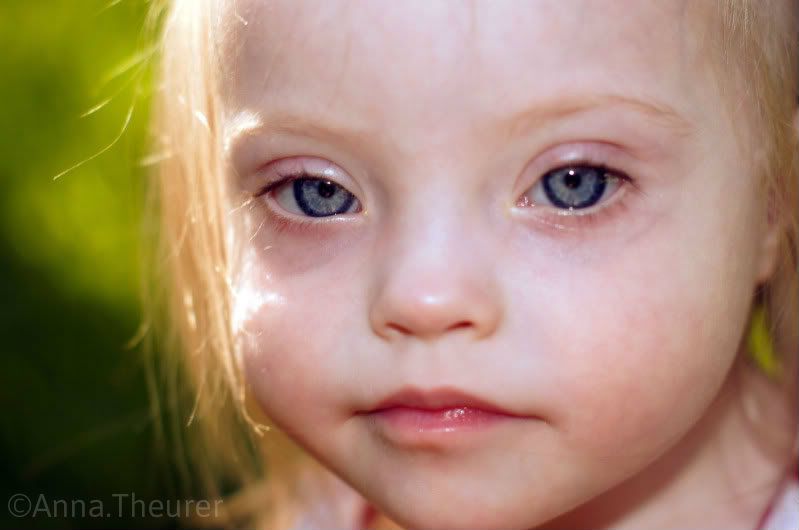 |
| She knows I am talking about her. |
One of the biggest issues holding Ellie back from communication and learning is oral sensory integration. These oral cravings are so intense that she seeks input from just about anything. It maybe is a toy, clothing, a lovie, teethers, paper or a board book (she needs the fiber), a toothbrush (super clean teeth!), crayons, you-name-it and it is in her mouth. At home, where Ellie is familiar with her toys, she is not nearly as bad with the mouthing unless she is tired or teething. My sensory-driven little Bear-Bear is a full blown mouther to the extent that speech therapy has become rather interesting. It also makes playdates rather entertaining. Those rocks on the playground must be really good. Salty. Indigestible however.
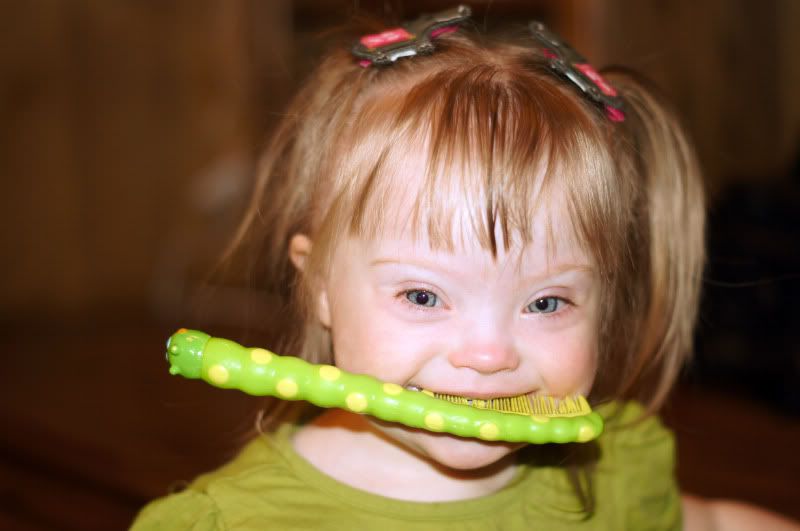 |
| "You mean I am not supposed to chew on this?" |
My little Chunky Chicken also craves motion. She is a mover, literally, and a shaker, literally. I had a hard time with this diagnosis for most of these behaviors seem toddler-like. She loves bouncing and being thrown high in the air. Most kids love that, but the difference is Ellie could do it all day and never be bored. She is also very clumsy with walking and not because she is a new walker. This is more of a vestibular issue where her muscles, joints, tendons, and ligaments are not working in sink with her brain. Again, these motor cravings impact her ability to play as she flits from one toy to another and crashes objects into walls. We have to strap the Bear down into a high chair during speech therapy.
What are we doing with Ellie right now to help her function in day-to-day life and improve learning?
It is so important to understand that these cravings will always be present. Ellie will most likely be the kid who chews on the caps of her ballpoint pens at school or the girl chewing gum. She will probably be the little girl who must swing the highest on the swingset and spin the fastest on a merry-go-round. That is okay. Our therapy goals are to help Ellie satisfy these cravings in such a way that she can form meaningful relationships, communicate effectively, play/work, and basically function in day-to-day life.
There is a lot of trial and error involved in finding things that will help Ellie. I will briefly touch on a couple that have worked so far and you kind find more in-depth information on my blog.
There is a lot of trial and error involved in finding things that will help Ellie. I will briefly touch on a couple that have worked so far and you kind find more in-depth information on my blog.
1. Chewelry or Chews
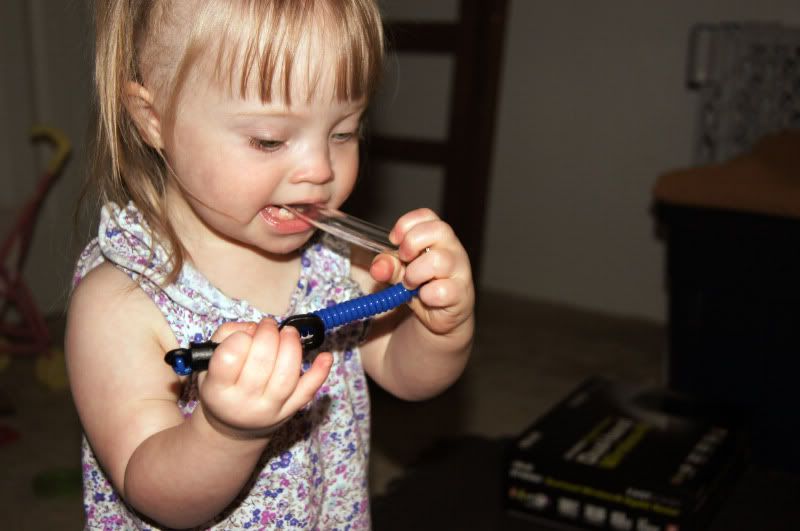 |
| Chewelry |
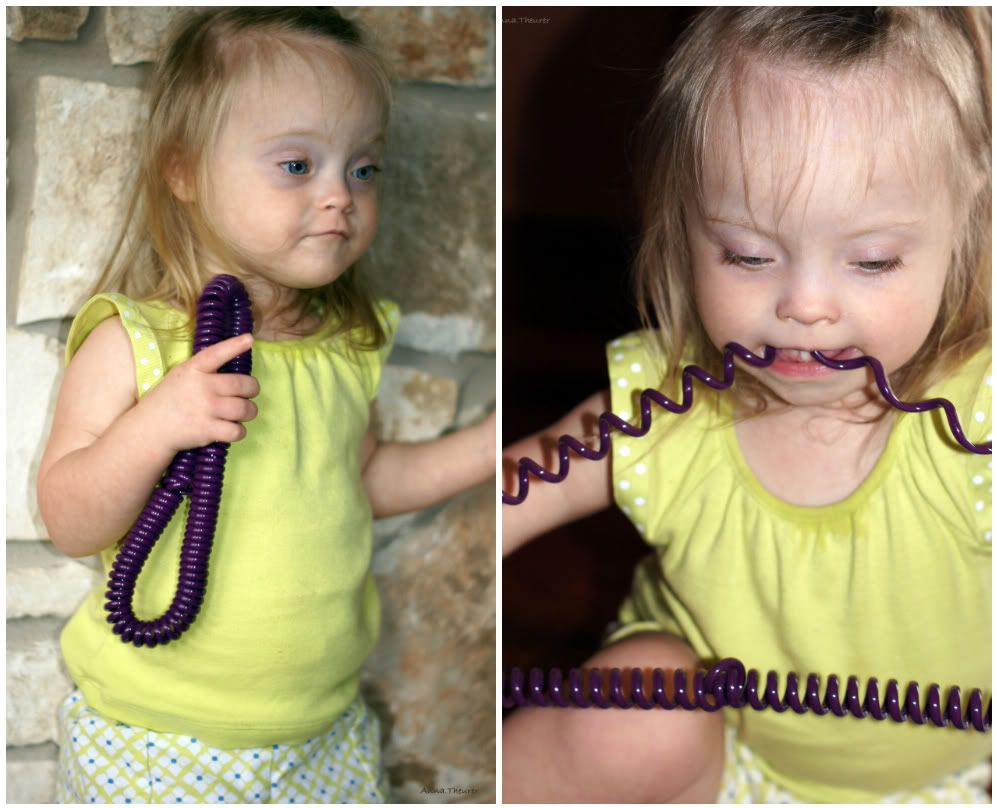 |
| Chewelry |
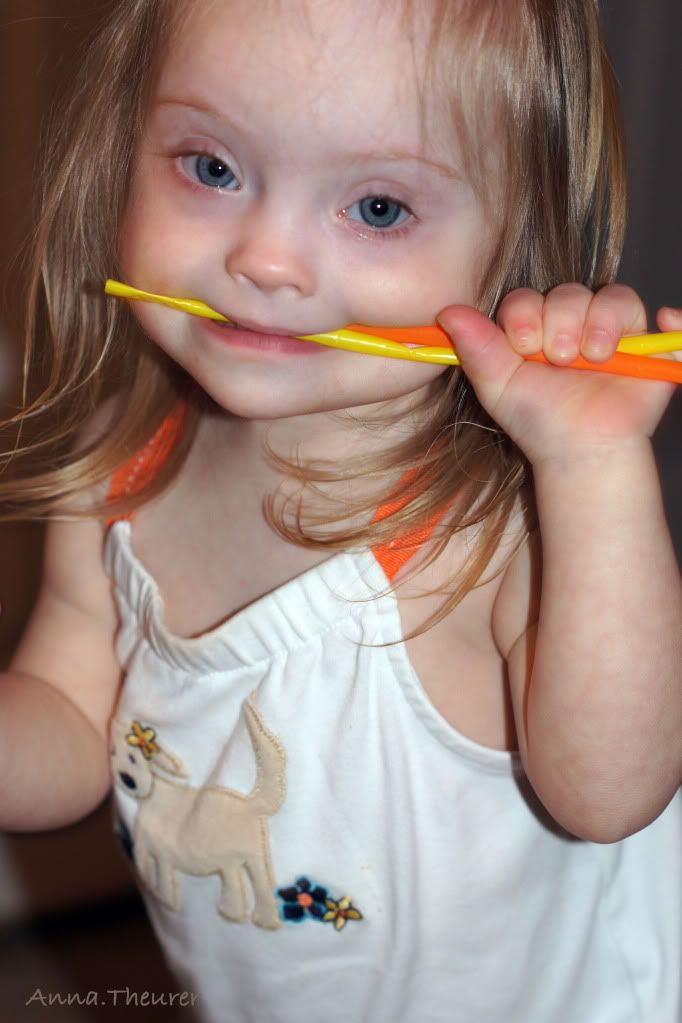 |
| Straws |
Ellie has “approved” objects for mouthing. One is her blanket and the other involves various types of chewelry which is essentially food-grade tubing. Now, for a whopping, wallet-emptying $0.26, you can purchase 1 foot of food-grade tubing at Lowes or Home Depot. I carry ~4inch tube pieces with me every where for emergencies. It works. Its cheap. It is easy to find. It is dishwasher safe. To implement the chews into your child's daily life (yes, there is a method to this), click on the link above or here.
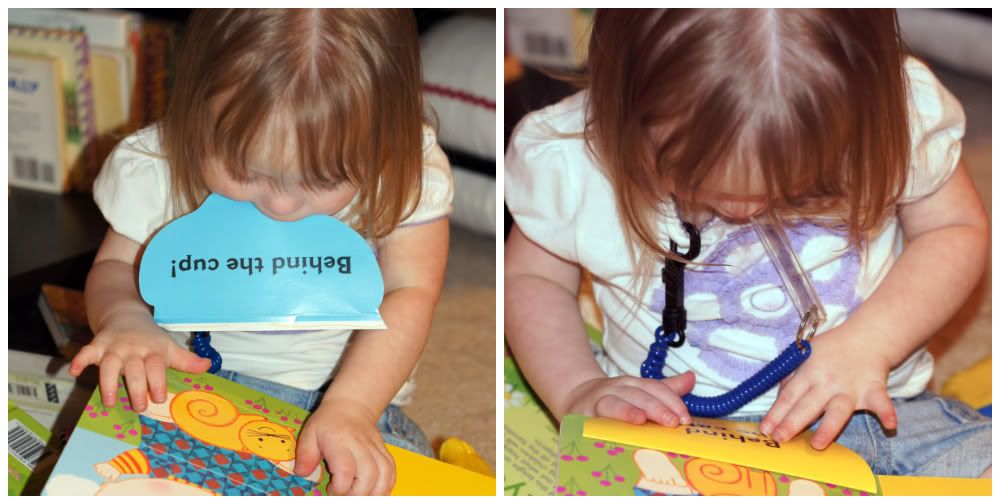 |
| Left: Book in mouth = not good Right: book replaced with chew = appropriate |
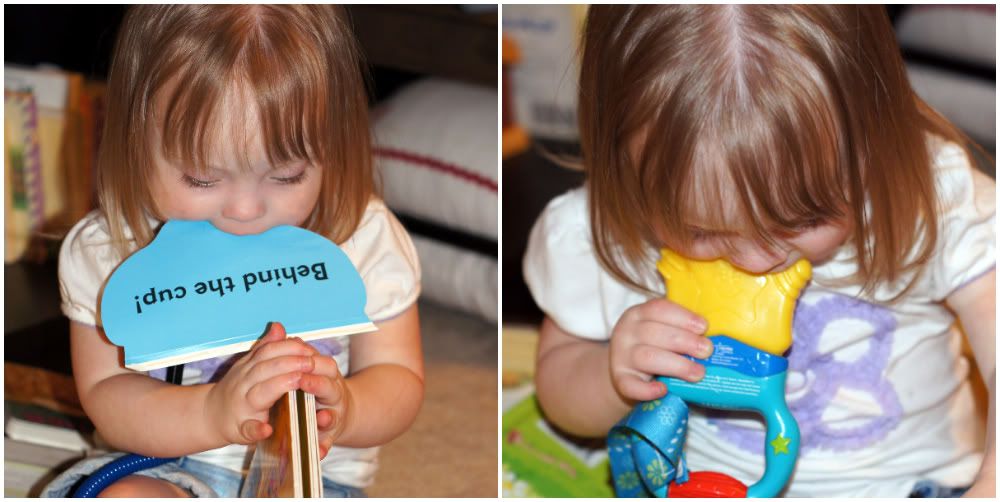 |
| Left: Book in mouth = not good Right: First Years Massaging Action Teether = appropriate (and she cannot choke on it if walking round!) |
2. Introducing Sensory foods are foods that are going to give intense oral input, i.e. sour, spicy, etc:
Lemons and Limes
Sour fruit sticks
Dried fruit banana chips were not a big hit
Peppered Beef Jerky
1. Heavy Work: essentially, I am making Ellie push heavy objects aka baby bootcamp. She LOVES it. For instance, we use one of those Little Tikes Shopping Carts. My sand-filled hand weighted hand balls (you can use canned goods or water bottles) go into the cart. Bear is then encouraged to push this cart around the house (or in the speech therapy hallways) prior to sitting down for functional play or speech therapy.
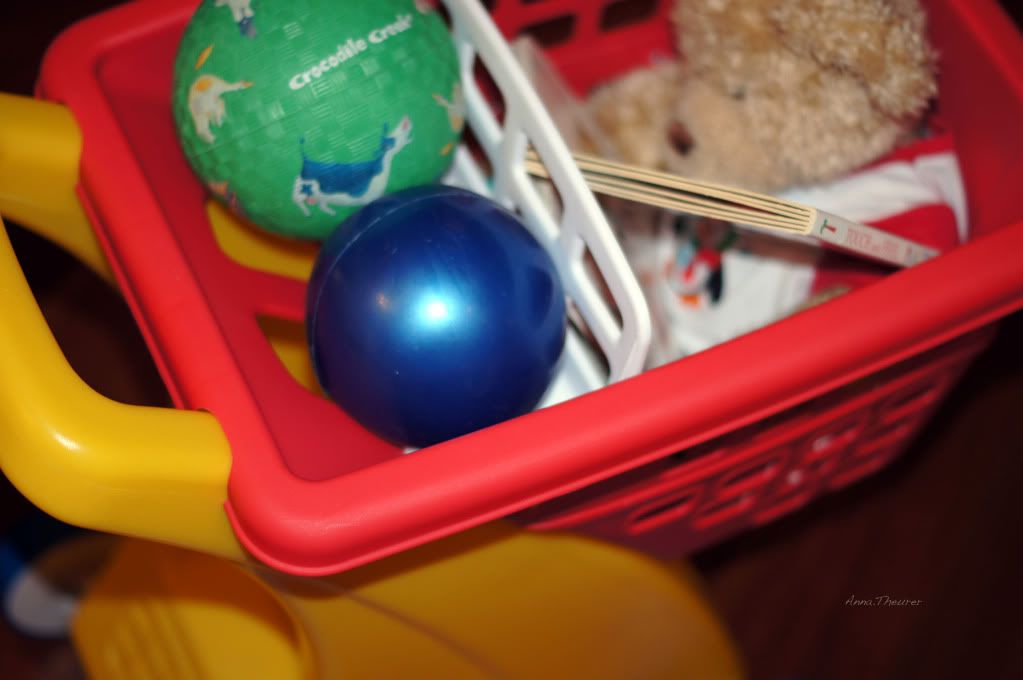 |
| That blue round thing is a weight. The rest of the stuff Ellie added. |
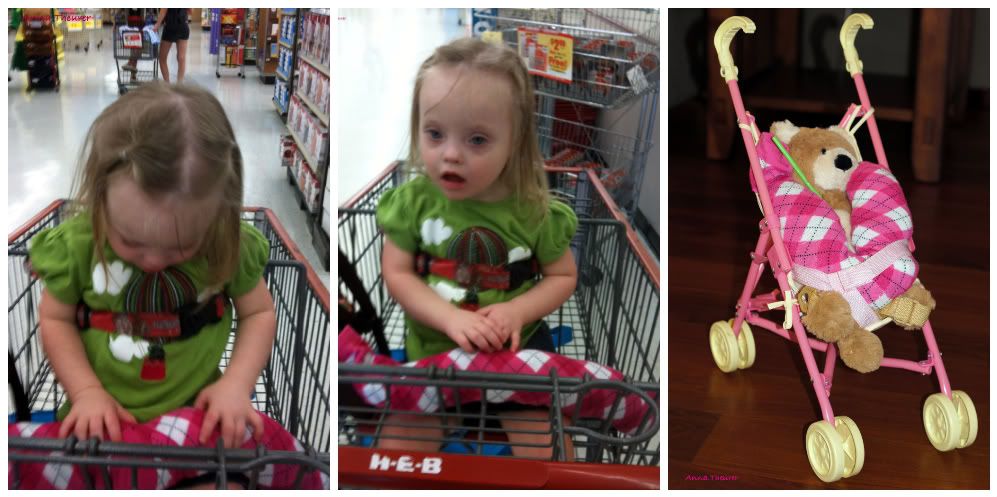 |
| The long pink sock is weighted with rice. It is supposed to give good sensory input when laid across her lap. It is also good for heavy work as well. |
2. The weighted backpack (Tutorial): This is along the lines of a weighted blanket. You can use rice or beans to fill the backpack SLOWLY building up 10% of the child's weight. Ellie wears her backpack walking from the car to speech therapy or to a doctor's office. Anywhere where she cannot just run to and fro destroying things in the process.
3. Joint compressions: this is hard to explain and there are no pictures. At times when Ellie needs high tactile input, she requests "squeezes". Basically, I grab her hands and squeeze them very hard, repeatedly. You can also do a very tight hug. We have a "row-row-row-your boat" compression where Ellie has to pull against her own body weight.
4. The swing: It is impractical to expect a toddler, with or without SPD, to sit for 45 minute speech sessions. Yes, she does get a break to push her weighted cart, but that doesn't work all the time. Also, it is rather difficult to imitate sounds if there is a chew in her mouth. Our therapy clinic also offers OT and PT, which means we crash in on the PT gym and borrow their swing. While Ellie is swinging, we have her imitate sounds.
This is just the tip of the iceberg. May more therapy sessions were recommended by Ellie's doctor, but the fact of the matter is this: there is only so much therapy one can handle. By "one", I mean me and Ellie and our credit cards.
Thank you Tiffany for allowing me this wonderful opportunity to blog about Sensory Processing Disorder. It is very much appreciated!
http://www.facebook.com/stopdisabilityslurs


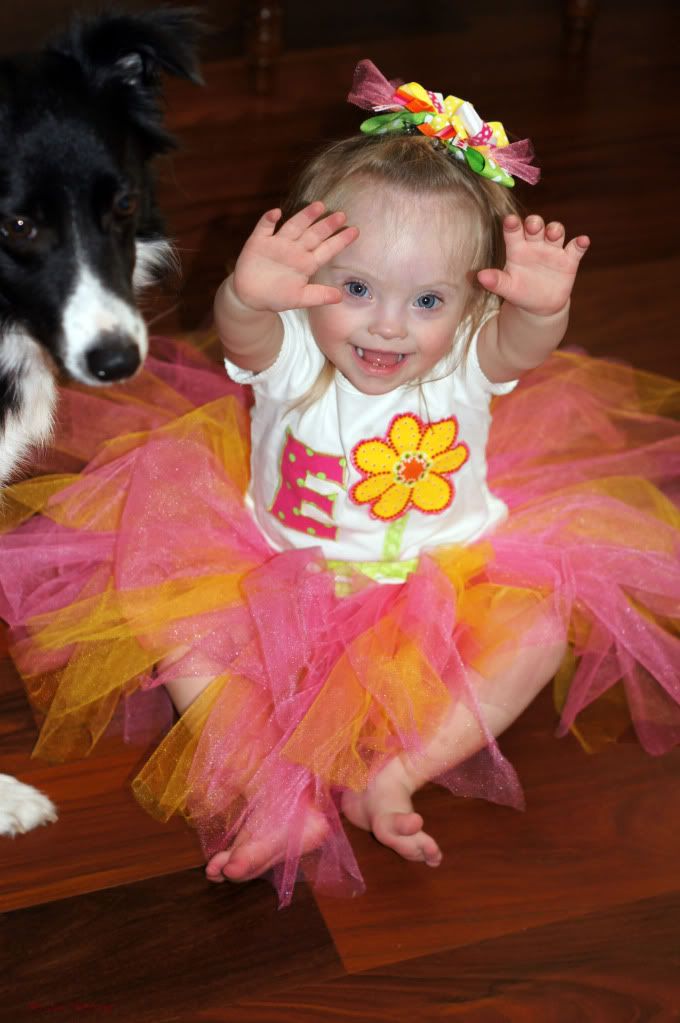
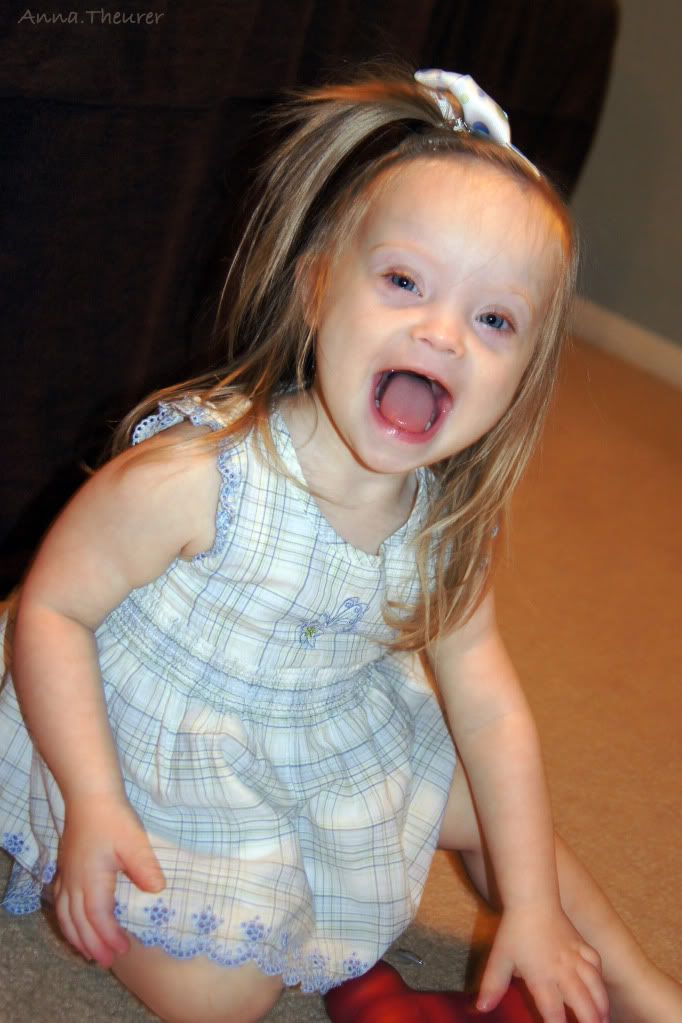
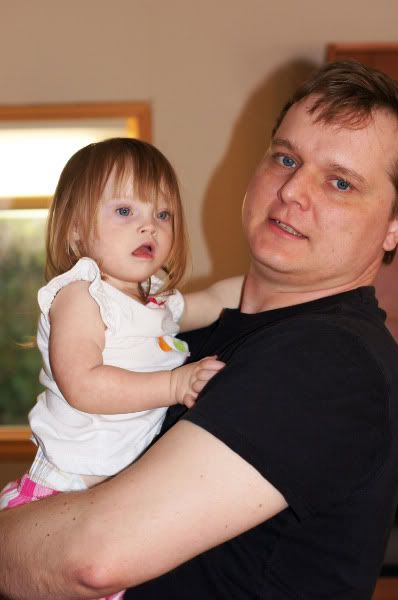
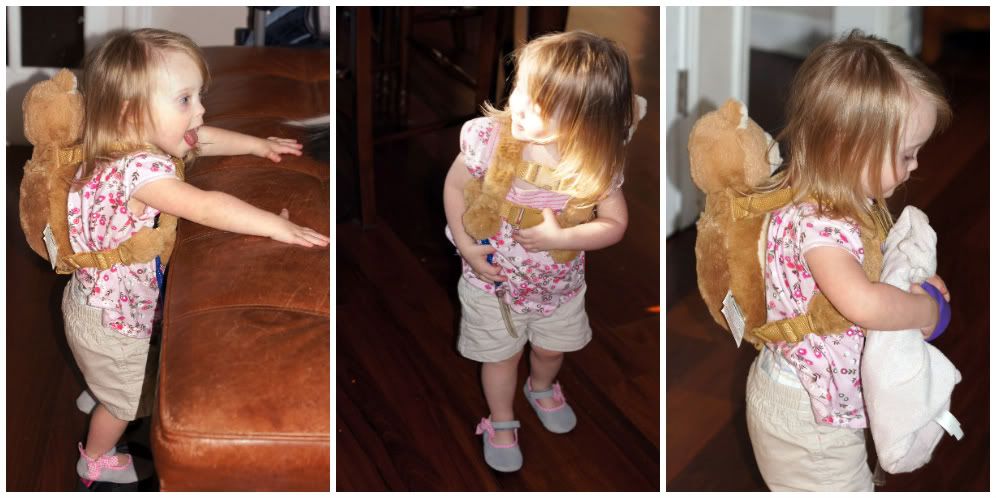
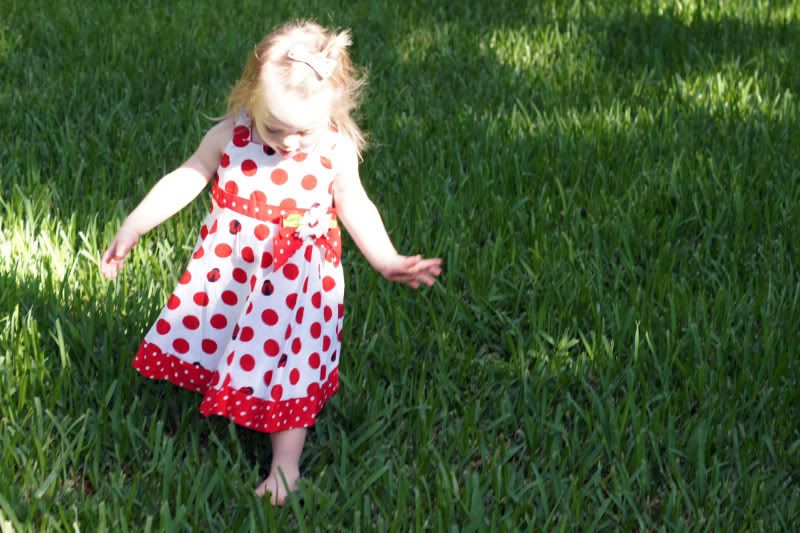
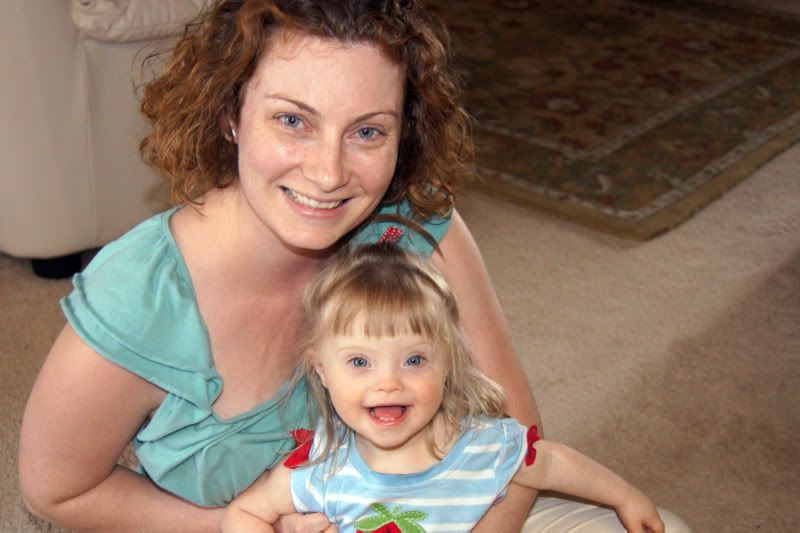
Hi Tiffany! Thanks for allowing me to guest post. I will never forget how after I got the SPD diagnosis that you said "call me". Your wisdom has been invaluable and I thank you for sharing it with me :)
ReplyDeleteWhat an adorable little girl. I can just imagine her in action :)
ReplyDeleteThis was a great post with practical AND simple ideas . . . It gave me some ideas for recommending at school for kids who need that sensory input. . .
Signposts for fellow travelers in this journey :)
Thanks for the info! My son has never officially been diagnosed with SPD (he does have DS though) but he grinds his teeth, throws things often because he likes the loud crash sound ( I think) and has big time texture issues with eating. We started the brushing technique and joint compression and try to offer him things to chew (opposite problem of your daughter because he won't chew food!) to help with his grinding.
ReplyDeleteAnyways, again, great info!